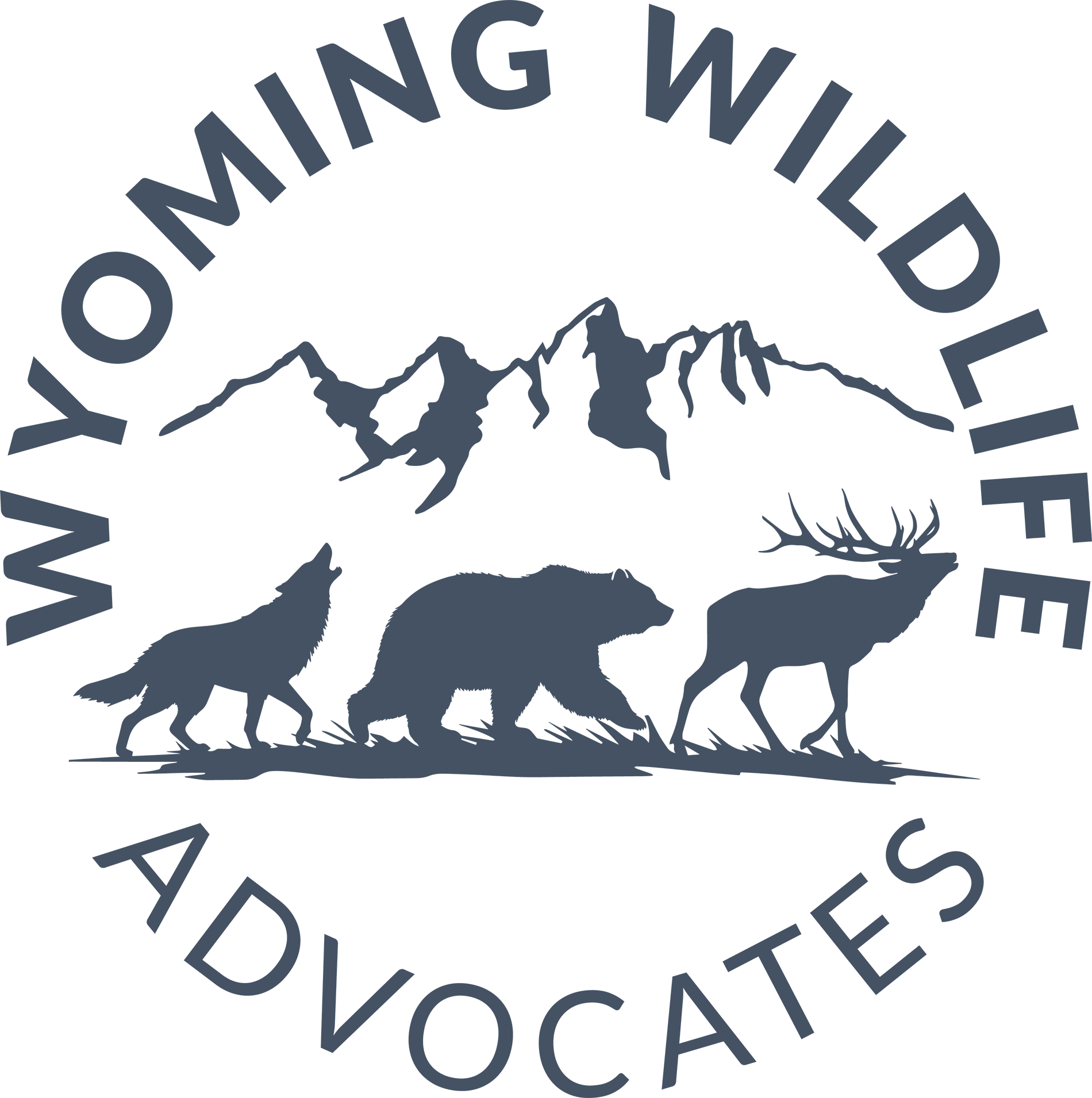One of the most unique and charismatic animals in the region, moose are the largest members of the deer family. During summer months, they’re most often seen in marshy or riparian areas browsing on aquatic plants and willows. Both males and females have dewlaps – the flap of skin dangling from the throat. Bull moose weigh up to 1,000 pounds, and can stand up to 7.5 feet tall at the shoulder.
Moose can live as long as 20 years.
Few of the early explorers to the region reported moose sightings, so it is believed that they began moving into Wyoming in the early 1900s, as predators such as wolves were removed and the state became more inviting.



